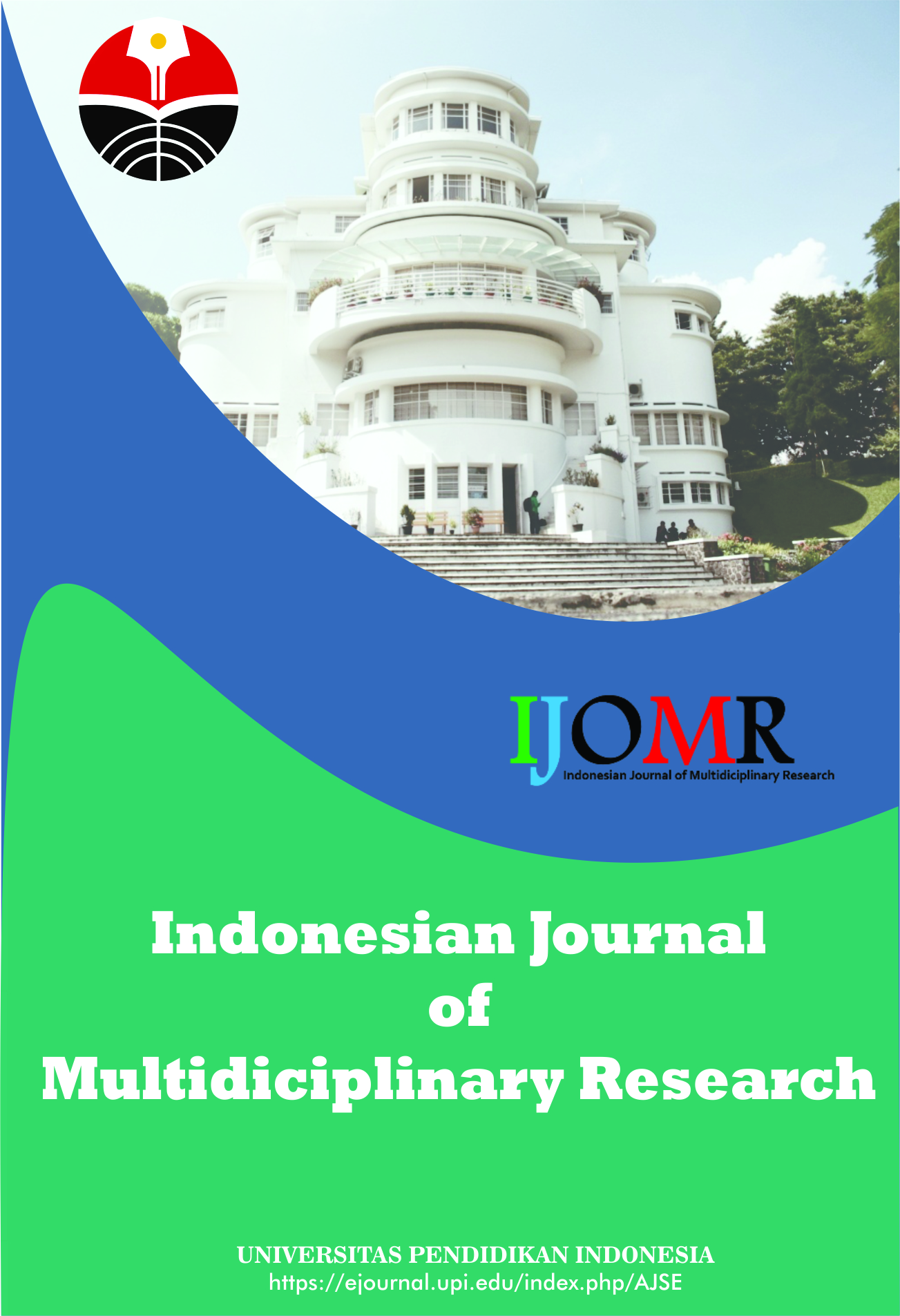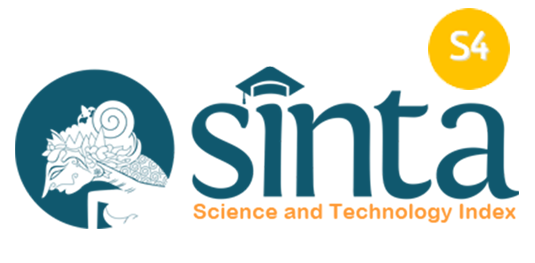Piezoelectric Mat as Door Bell
Abstract
Keywords
Full Text:
PDFReferences
Bae, G., Jang, D., and Jeon, S. (2021). Scalable fabrication of high-performance thin-shell oxide nanoarchitected materials via proximity-field nanopatterning. ACS Nano, 15(3), 3960-3970.
Bamberry, J. (2010). Blackout: coal, climate and the last energy crisis [Book Review]. Australasian Journal of Environmental Management, 17(1), 53.
Chen, J., Qiu, Q., Han, Y., and Lau, D. (2019). Piezoelectric materials for sustainable building structures: fundamentals and applications. Renewable and Sustainable Energy Reviews, 101, 14-25.
Chen, N., Jung, H. J., Jabbar, H., Sung, T. H., and Wei, T. (2017). A piezoelectric impact-induced vibration cantilever energy harvester from speed bump with a low-power power management circuit. Sensors and Actuators A: Physical, 254, 134-144.
Esmaeeli, R., Aliniagerdroudbari, H., Hashemi, S. R., Alhadri, M., Zakri, W., Batur, C., and Farhad, S. (2019). Design, modeling, and analysis of a high performance piezoelectric energy harvester for intelligent tires. International Journal of Energy Research, 43(10), 5199-5212.
Fu, J., Hou, Y., Gao, X., Zheng, M., and Zhu, M. (2018). Highly durable piezoelectric energy harvester based on a PVDF flexible nanocomposite filled with oriented BaTi2O5 nanorods with high power density. Nano Energy, 52, 391-401.
Gonzalez-Lagunas, J. (2017). Is the piezoelectric device the new standard for facial osteotomies?. Journal of stomatology, oral and maxillofacial surgery, 118(4), 255-258.
Howells, C. A. (2009). Piezoelectric energy harvesting. Energy Conversion and Management, 50(7), 1847-1850.
Walubita, L. F., Sohoulande Djebou, D. C., Faruk, A. N., Lee, S. I., Dessouky, S., and Hu, X. (2018). Prospective of societal and environmental benefits of piezoelectric technology in road energy harvesting. Sustainability, 10(2), 383.
DOI: https://doi.org/10.17509/ijomr.v1i1.33788
Refbacks
- There are currently no refbacks.
Copyright (c) 1970 Kantor Jurnal dan Publikasi, Universitas Pendidikan Indonesia (UPI)

This work is licensed under a Creative Commons Attribution-ShareAlike 4.0 International License.
Indonesian Journal of Multidiciplinary Research (IJOMR) is published by Universitas Pendidikan Indonesia (UPI)















